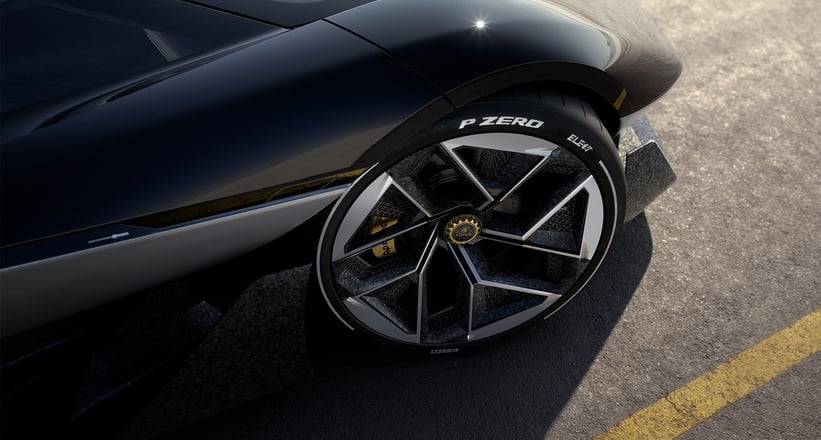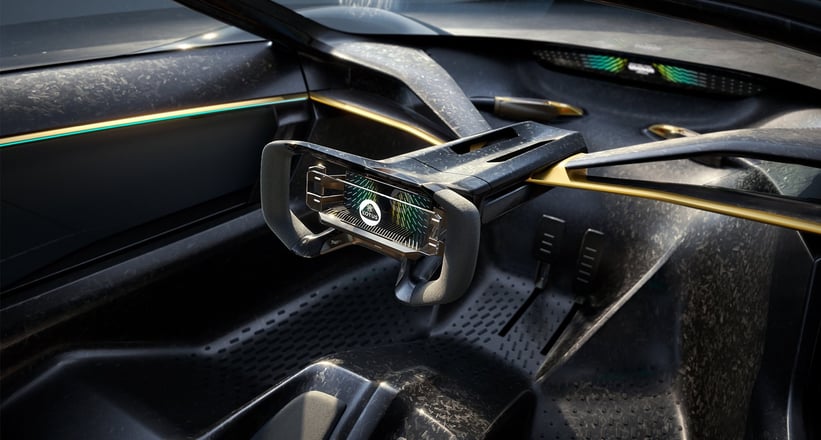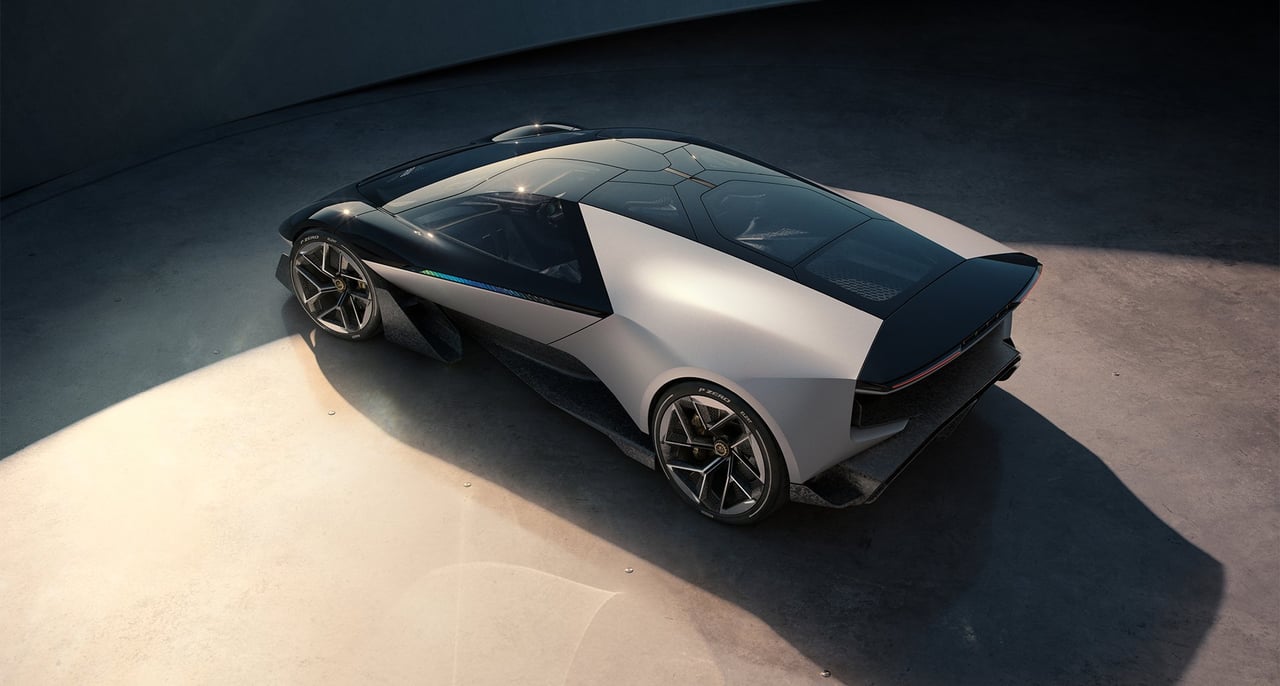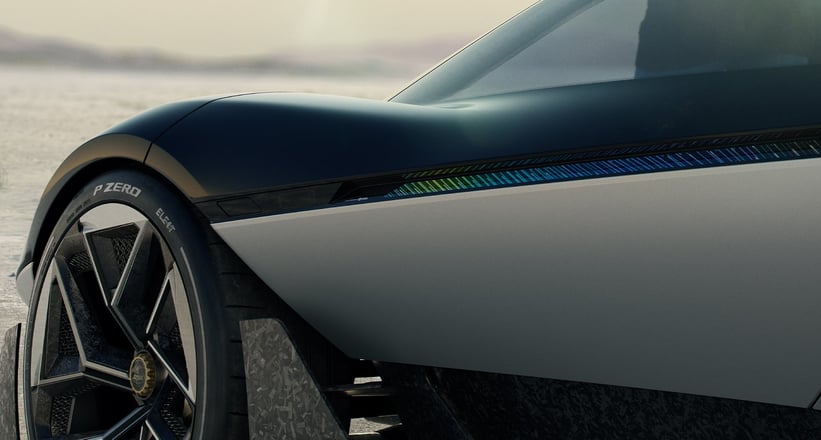


Elan, Esprit, Elise, Emira, Eletre, Evija, that’s evolution. Lotus as a brand has lived by the theory of evolution since its humble beginnings, hell-bent on creating cars that are bursting with raw emotion and true drivability. Sure, the brand may have moved away from back-to-basics track toys and into highly capable, technology-loaded luxury EVs, but it seems Lotus are still keen to delve into some new theories.
So much so in fact that they’ve just launched The Lotus Theory, the company’s new design manifesto that will form the foundation for all future Lotus cars, encapsulated through three core principles, those being Digital, Natural and Analogue. These three aspects form the future of Lotus’ DNA, cars loaded with immersive, intelligent, and intuitive experiences, cars brought to life emotionally, and feature human-centric design. Finally, and perhaps the most important for a brand like Lotus, their analogue-led nature, boasting the continuous advancement of performance engineering.

Their first creation, the Theory 1 is far more than just your typical design-led concept of the future, but more of a statement of intent, showcasing true innovations designed to simplify and enhance how a car should feel and perform. While the performance figures on this concept are a mere theory, pun intended, they are mightily impressive. A single gear can rocket the Theory 1 to 199 mph, and boasts 1,000 PS, reaching 0-62mph in just 2.5 seconds. All impressive numbers, and whilst it is easy to blurt out eyebrow-raising facts about a car that isn’t likely to hit production, the Theory 1 is Lotus reminding the world that they do still care about performance, be it an EV or combustion engine vehicle. It’s been documented for a while now that Lotus’ overarching commitment to the ‘Vision80’ plan is very much in motion, with the goal of transforming itself into a ‘global performance technology brand’, with The Lotus Theory paving the way for future vehicles.


Design wise, the Theory 1 is a a marvellous creation, and one that is deeply considered. Structurally, it uses just ten different materials to be created, a far cry from the hundreds used on normal vehicles. Chopped carbon fibre is used for the main tub of the car, which has been recycled and used to create a truly unique paint effect, where the bodywork uses cellulose-based glassfibre, also recycled. In fact, the car is a masterclass in recycling, where even the glass has been recreated from recycled panes. The result is that impressively low weight, something almost all EVs have struggled with in the past, but weighing just under 1,600 kilograms is pretty impressive if you ask us.



It's a truly exciting time for a brand like a Lotus, their ambitions are seemingly higher than just about any other car maker right now, and while we might not see the Theory 1 silently gliding down London’s Sloane Street anytime soon, we are likely to see the technology this concept showcases on consumer based Lotus models in the near future!
















